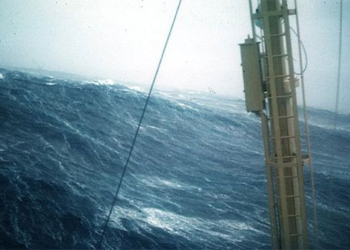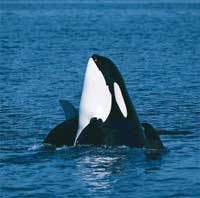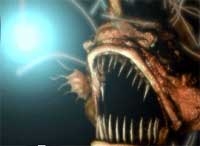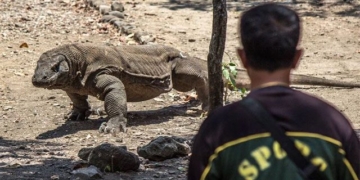The ancient remains of a sea monster have been discovered near Marambio Base, an Argentine Antarctic research station.
According to Sci-News, the newly identified sea monster has been named Marambionectes molinai, a name that pays homage to Marambio Island in the James Ross Archipelago of the Antarctic Peninsula.
This sea creature has helped identify not just a new species but an entirely new genus of Elasmosauridae—a family of long-necked marine reptiles with a history dating back from the Triassic to the Cretaceous periods.
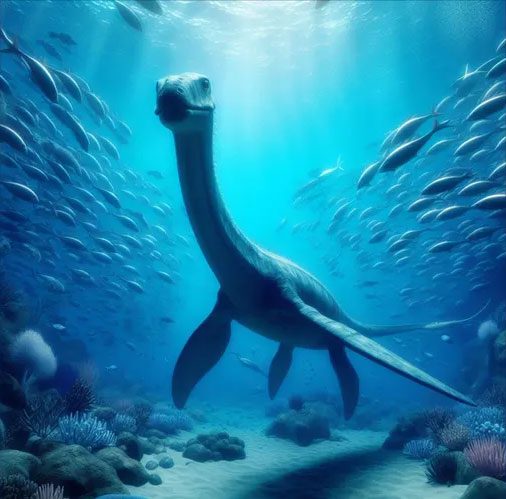
Graphic representation of the new sea monster in Antarctica – (Image: Journal of Systematic Palaeontology).
Starting at about 3 meters in size during the Triassic period, this lineage of marine reptiles expanded significantly during the subsequent Jurassic period and reached its zenith in the Cretaceous, with the largest representatives exceeding 10 meters in length.
These creatures were fully adapted to an aquatic lifestyle and exhibited a unique body plan, featuring a streamlined body, paddle-like limbs, and an extraordinarily long neck with 75 individual vertebrae.
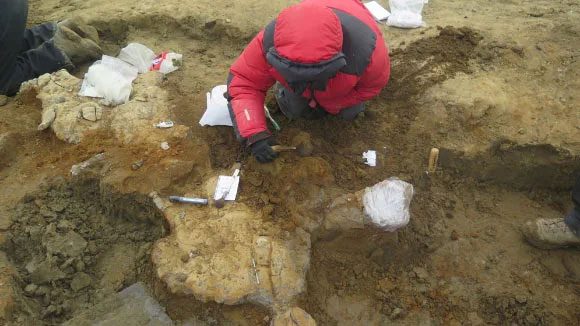
A paleontologist excavating the bones of the sea monster – (Image: Journal of Systematic Palaeontology)
The exact size of the Antarctic sea monster has yet to be determined, but it is known to have been a magnificent creature of the Cretaceous oceans.
Its fossilized remains, dating back 67 million years to the end of the Cretaceous period, were first discovered in 2018 from the López de Bertodano Formation.
Paleontologist José O’Gorman and colleagues from the National Scientific and Technical Research Council (CONICET – Argentina) reported that the fossil remains include a body and part of a tail, limbs, a neck, a skull, as well as stomach stones known as gastroliths that aid in digestion.
Despite encountering numerous challenges during the multi-month excavation campaign, including snowstorms and complex species identification, they ultimately unveiled the secrets of this sea monster.
The overall preservation state of the specimen is excellent, facilitating the research process.
“The specimen possesses unique characteristics that allow us to identify it as a transitional form between two groups residing in the Southern Hemisphere, shedding light on the evolutionary process and the relationships between other genera found in Chile, New Zealand, and the South West Antarctic,” the authors wrote in the scientific journal Journal of Systematic Palaeontology.








































